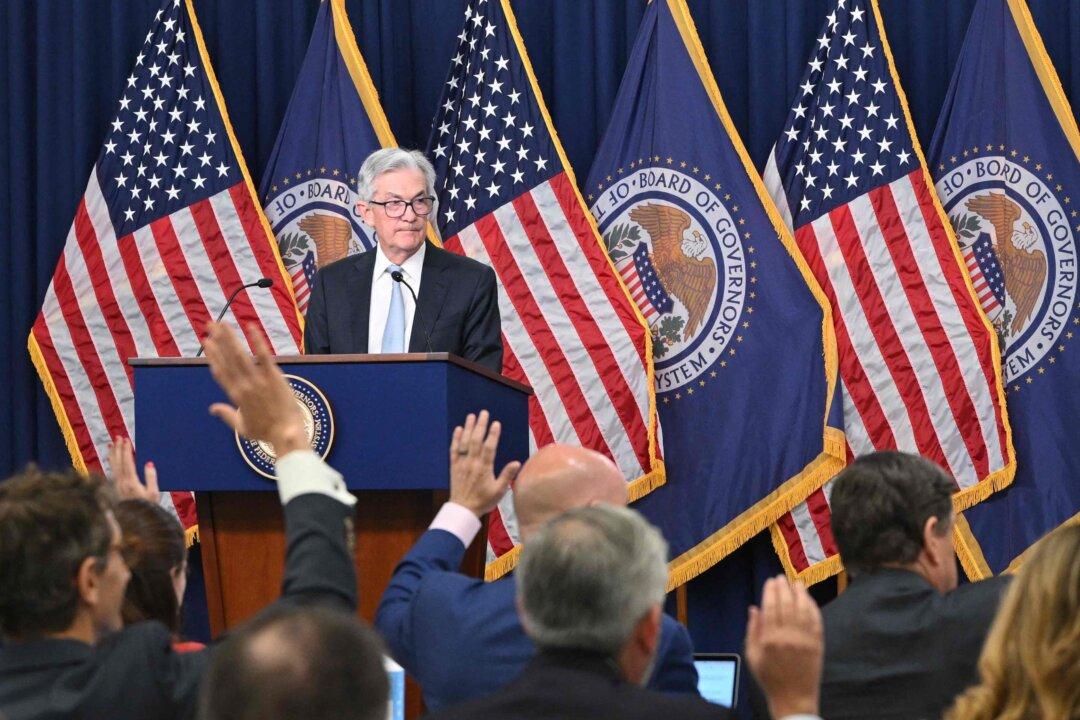Goldman Sachs, Deutsche Bank, the Bank of America (BofA), and other financial institutions are expecting the Federal Reserve to extend its interest-rate hikes as elevated inflation and strong employment maintain upward pressure on prices.
BofA now expects a pause in interest rate hikes in July rather than earlier expectations of June. “Resurgent inflation and solid employment gains means … the Fed might have to hike further if inflation, job growth, and consumer demand refuse to soften,” economists from the bank wrote in a recent note, according to Forbes. Over the next three policy meetings, BofA estimates the Fed to raise by rates 25 points each. This would take interest rates, which are currently in a range of 4.50–4.75 percent, to a range of 5.25–5.5 percent.





